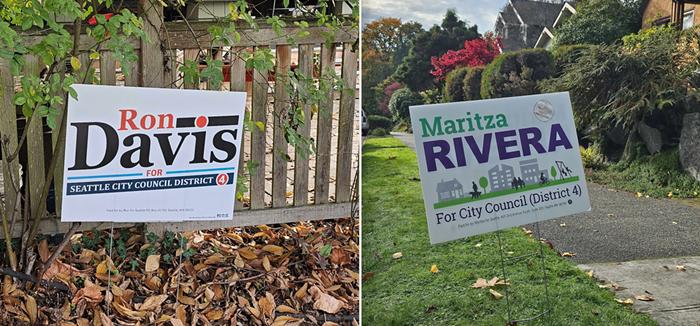
After three years of studying changing ocean chemistry, a 20-scientist panel has concluded that action needs to be taken against the impacts of ocean acidification—now. The panel, which published its final report this morning, says that global carbon emissions are the "dominant" cause of ocean acidification, but regional strategies are key to cutting down the factors that compound the damage.
A brief primer: The ocean is absorbing humanity's carbon dioxide emissions. When dissolved in seawater, CO2 acidifies its surroundings. Over the last two and a half centuries, surface ocean acidity has increased by 30 percent—and it's expected to increase by 100 to 150 percent by 2100.
But in addition to acidifying surface waters, Washington's coast is also subject to seasonal upwelling, a natural process that pushes older, colder, nutrient-rich water up from the deeper parts of the ocean to the surface. Today's upwelled waters come from 30 to 50 years ago, and they carry with them dissolved carbon dioxide from those eras. Because atmospheric carbon dioxide increased over time, scientists say we can expect upwelled waters to become more acidic.
And then there's hypoxia, a condition that occurs when decaying organic matter clogs the surface of estuaries and blocks oxygen from reaching lower depths. When man-made runoff from cities and farms fills estuaries with extra nutrients, tiny plant life can bloom on the surface, choking off the flow of oxygen. Then, when that plant life decays, it can produce more CO2 and increase the acidity of local waters, too.
Much has been written about the effect ocean acidification has on marine life, particularly animals that need shells to survive. Once seawater reaches a certain threshold of acidity, it corrodes the materials animals need to make their shells.
These overlapping processes threaten the foundations of ocean ecosystems. That's why the scientists—together known as the West Coast Ocean Acidification and Science Panel—created an action plan. The plan includes creating an inventory of places where local pollutants can worsen ocean acidification, testing out strategies to remove carbon dioxide from water, updating water quality standards to measure ocean acidification, and creating a West Coast monitoring program to track progress in the fight.
If you want to read the full plan, check out the report here.
The panel also emphasized the fact that more research is needed. For example, right now scientists are studying whether local CO2 concentrations have an impact on local ocean acidification.
"Seattle has a much higher CO2 concentration in its atmosphere, and that's most likely from cars and emissions we have on land," Jan Newton, senior principal oceanographer at the University of Washington and one of the report's authors, said. "That goes into the global atmosphere, and gets mixed into the global signal. But what we don't know is whether there is an effect on our local waters of our locally high atmospheric concentration of CO2."
If local CO2 does impact local ocean acidification, that means we have an additional opportunity to do something about carbon emissions right here, right now, instead of waiting on national and global actors to get their shit together on carbon policy. But even if it doesn't, there are still plenty of actions we can take to cut down on problems like polluted runoff that make the ocean less hospitable for plant and animal life.
"Yes, [carbon emissions] are a global issue, and that has to be on top of the list," Newton added. "But then the question is: Are there any local actions that humans are causing that we can change? That we can fix?"


















